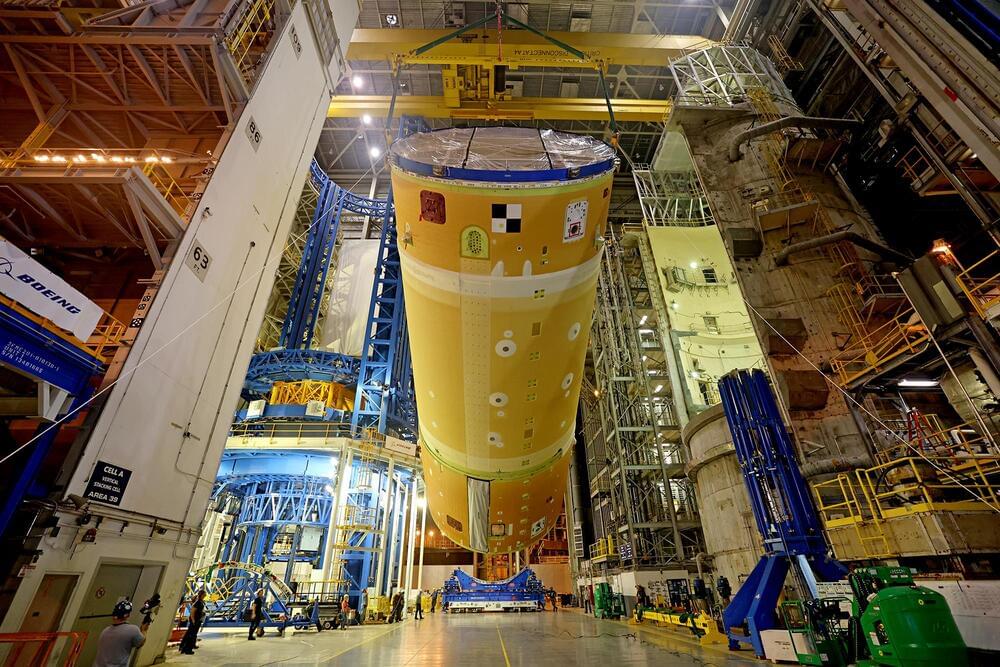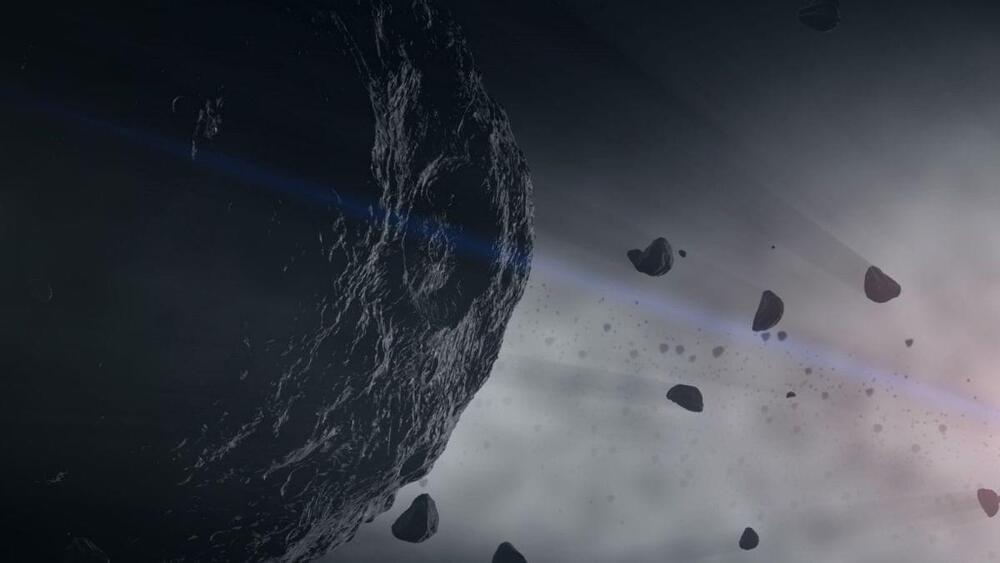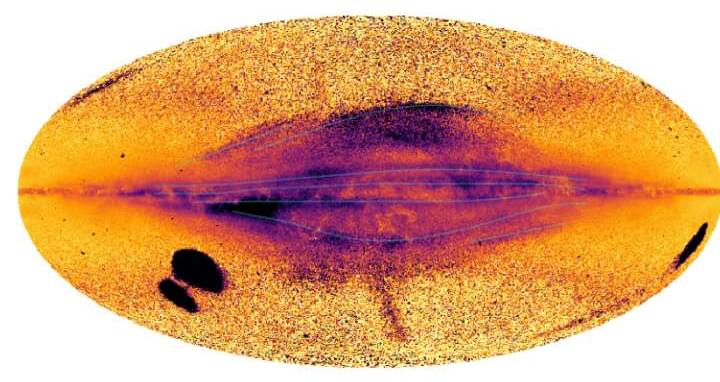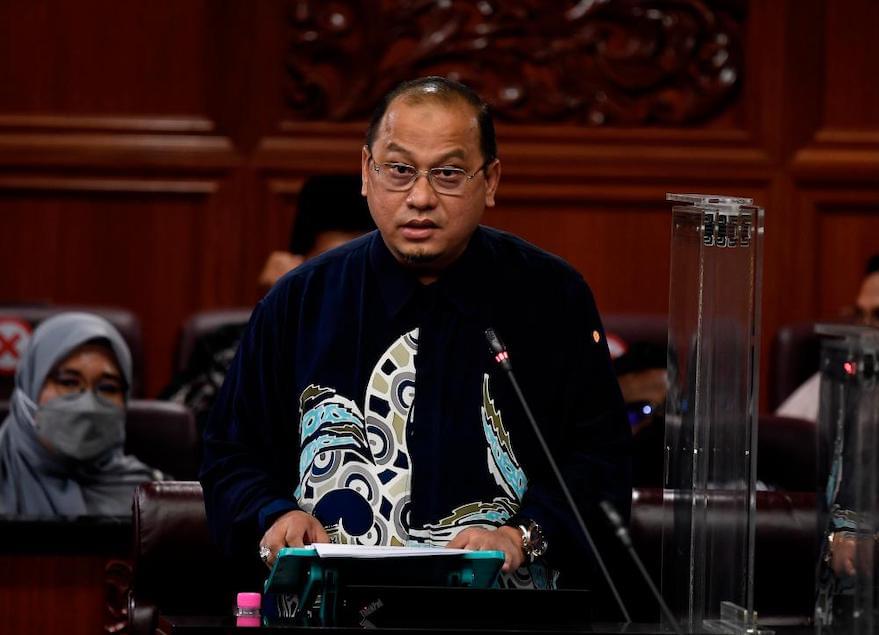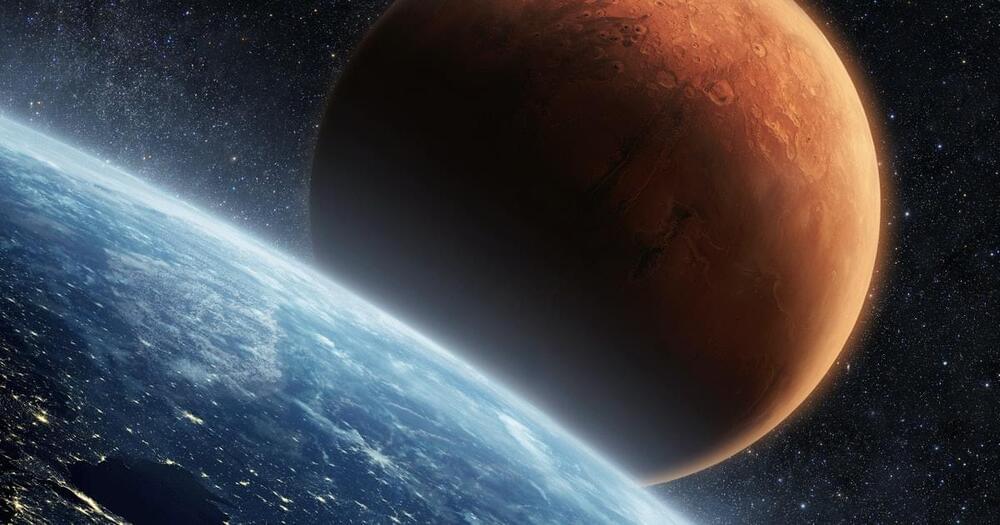The innovation could be a game-changer for communication technologies, such as phones and internet connections.
A team from UCF has developed the world’s first optical oscilloscope, an instrument that is able to measure the electric field of light. The device converts light oscillations into electrical signals, much like hospital monitors convert a patient’s heartbeat into electrical oscillation.
Until now, reading the electric field of light has been a challenge because of the high speeds at which light waves oscillates. The most advanced techniques, which power our phone and internet communications, can currently clock electric fields at up to gigahertz frequencies — covering the radio frequency and microwave regions of the electromagnetic spectrum. Light waves oscillate at much higher rates, allowing a higher density of information to be transmitted. However, the current tools for measuring light fields could resolve only an average signal associated with a ‘pulse’ of light, and not the peaks and valleys within the pulse. Measuring those peaks and valleys within a single pulse is important because it is in that space that information can be packed and delivered.
